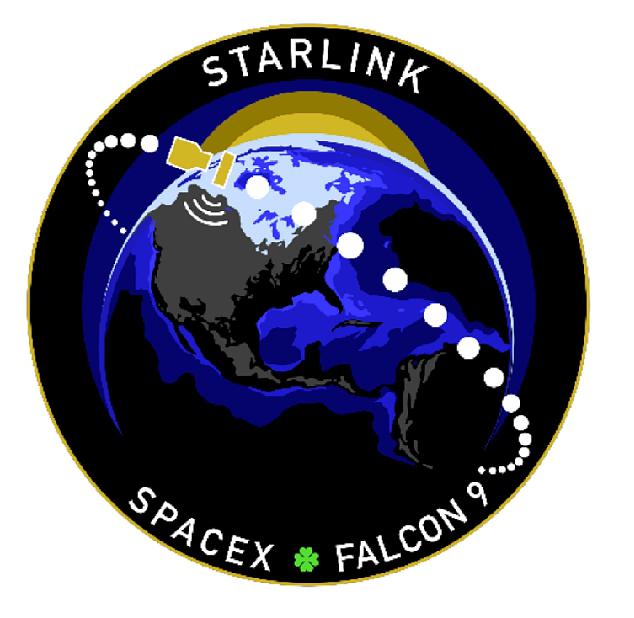SpaceX successfully launched a Falcon 9v1.2FT Block 5 rocket from Cape Canaveral, Florida, USA at 0312 GMT on 9 September 2023. The launch vehicle was carrying Starlink Group 6-14, a total of 22 v2 Mini Starlink satellites for the second generation (GEN 2) Starlink low Earth orbit constellation. The reusable B1076 first stage, on its seventh flight, landed on the drone barge A Shortfall of Gravitas located down range in the Atlantic.
The v2 Mini is the latest version of the Starlink bus design. It has a mass of circa 800 kg compared to the Starlink v1.5’s mass of 300 kg. The other important change is that it uses two solar array wingss compared to the original V1.5’s (an predecessors’) single solar array. Due to its much larger size, each Falcon 9 launch can only carry circa 22 satellites, whereas before 45 – 56 v1.5 satellites could be carried for a Cape Canaveral launch. The v2 mini is an interim mid-size design until the Super Heavy/Starship rocket gets into full operation.
The Starlink constellation has led the way in using the low Earth orbit for mobile internet communications. Its success has been ably demonstrated by its military and humanitarian use in Ukraine. However, this has not been without controversy. To the chagrin of Ukraine’s government, Elon Musk, CEO and founder of SpaceX, has recently admitted that he refused to allow SpaceX Starlink system usage over the Russian naval base at Sevastopol, Crimea, in order to prevent an escalatory Ukrainian sea drone attack on the Russian Navy. Critics have accused Musk of being a partial ally of Russia’s Putin-led government which originally illegally annexed Crimea in 2014 and later tried to invade the rest of the Ukraine in 2022.

Starlink constellation logo shows a single solar array Starlink spacecraft configuration used by the v1.O and v1.5 but the v2 Mini version has two arrays. Courtesy: SpaceX








